In the early days of the smartphone revolution, Android owners used to envy the look and feel of the iPhone. But things have changed since a lot. I am a longtime iPhone owner who has been increasingly looking at the other side of the fence with envy, all because of Apple’s stagnant innovation when it comes to its most prized and supposedly innovative product.
7
The iPhone Has Looked the Same for Almost a Decade
It used to be that getting a new iPhone felt like getting a brand-spanking new iPhone. As much as it pains me to write this, those days are long gone now. The last major design was the iPhone X in 2017 with its fullscreen appearance and the infamous notch.
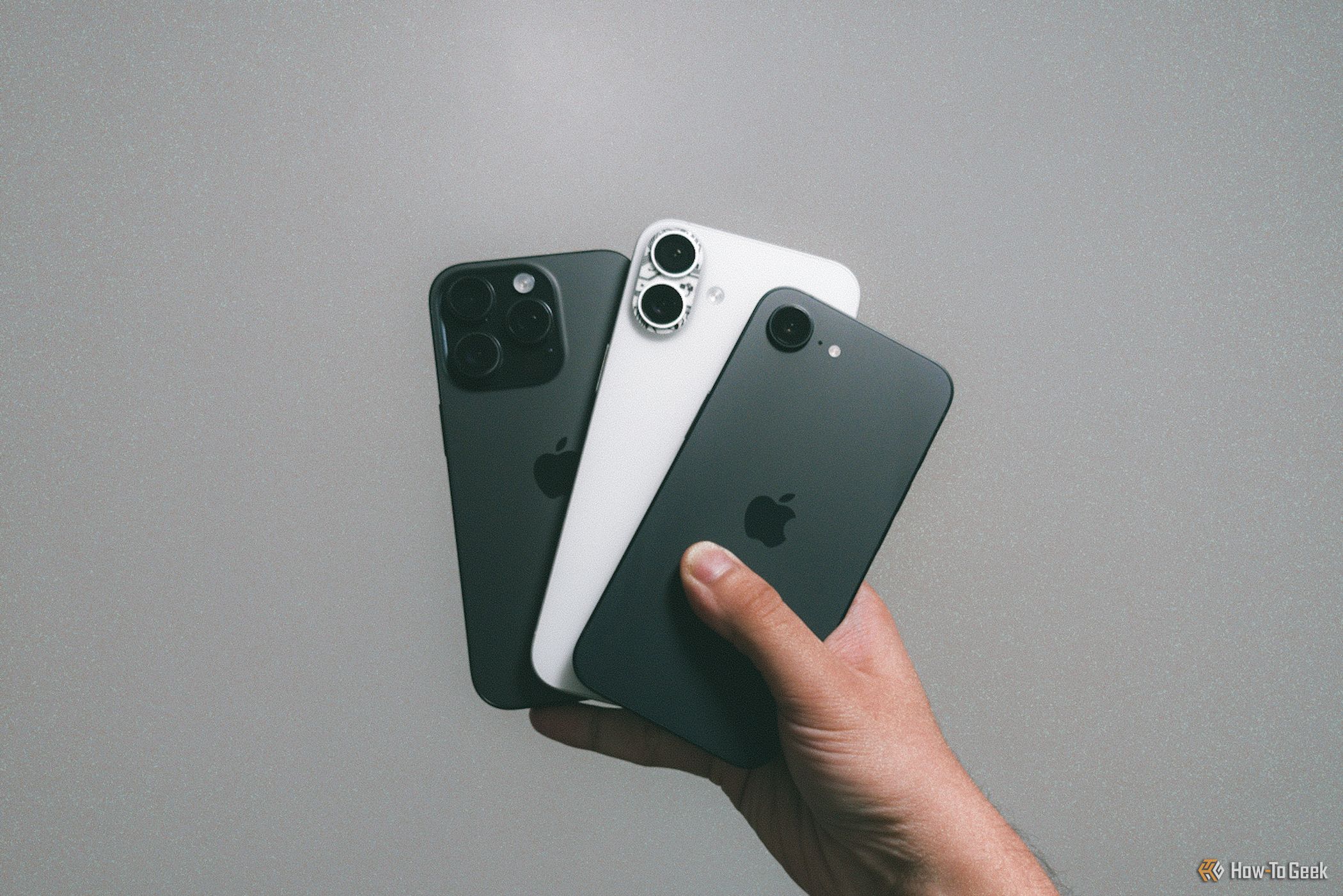
Zarif Ali / How-To Geek
These days? You could hand someone an iPhone from 2020 and an iPhone from 2025, and they’d be hard-pressed to notice the difference on first glance. If I’m going to hand over my hard-earned cash to Apple every year, I want people to see that I’ve upgraded. But Tim Cook & Co. have been stuck in this copy-paste design cycle where each “new” model is a repackaged version of the last. A new colorway here, perhaps a slightly different corner radius there, physical buttons moved a few millimeters for no apparent reason except to make you buy new cases…
And look at the iPhone launches… The magic that once made people line up overnight for a fresh new design is long gone. Nowadays, I need to buy a flashy case to make my iPhone stand out. When something looks more or less the same, it starts to feel like it’s the same.
I don’t expect a brand-new design every year—that’s not feasible when you ship 200+ million iPhones in a product cycle. But I don’t care how much Apple hypes up the camera or custom silicon because the excitement fizzles if my +$1,000 “upgrade” is mistaken for last year’s model.
iPhones nowadays are more of a cosmetic update. It’s like a fashion drop where they only change the color and maybe add some design tweaks and call it a day.
6
Can Your iPhone Do This?
The excitement in the Android world has been palpable, with Samsung, Google, Motorola, Oppo, and others experimenting with weird form factors that gave us phones that fold in half like a sci-fi communicator or styluses that snap in and let you sketch with precision.
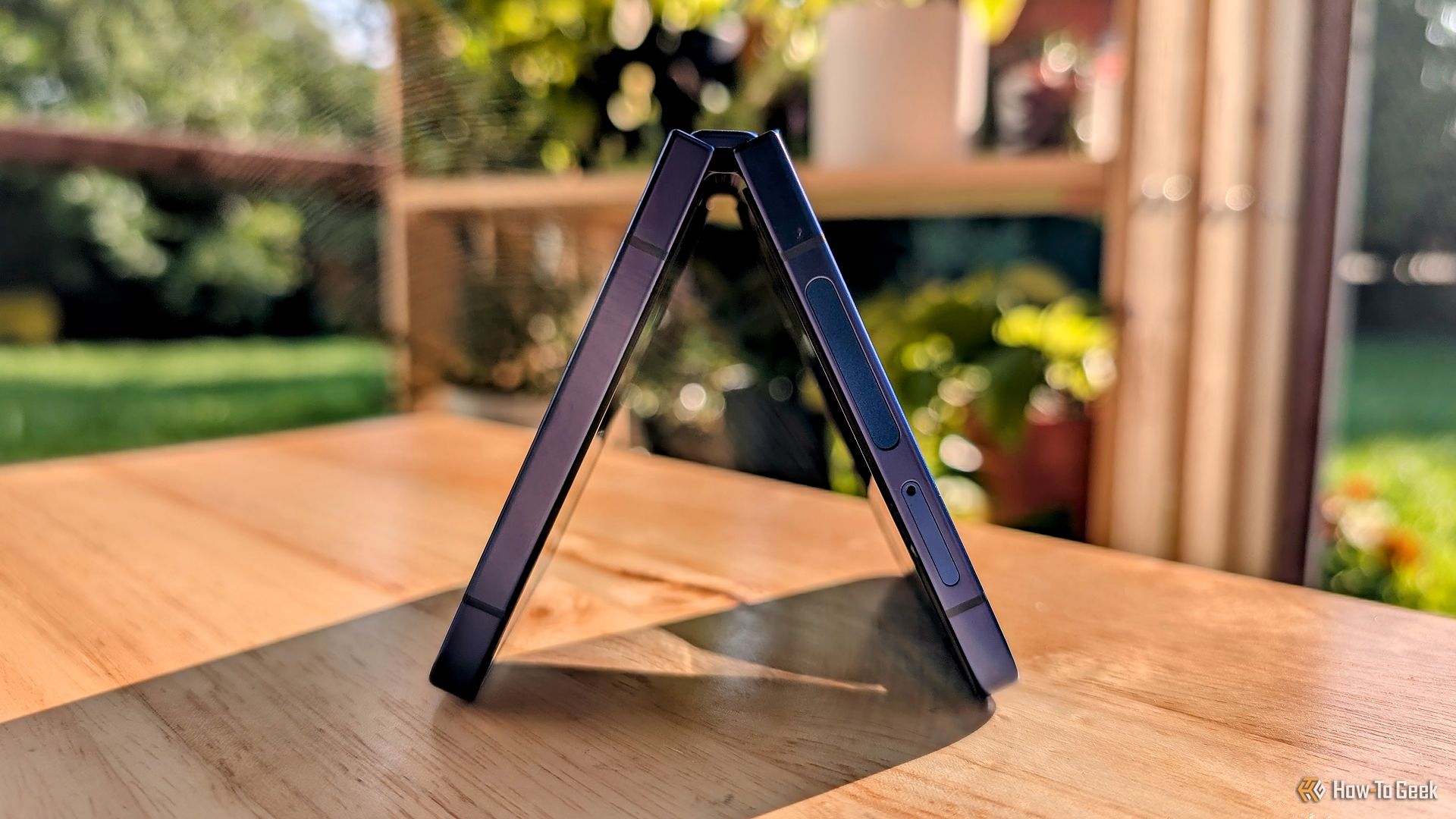
Joe Fedewa / How-To Geek
In Apple’s world, you won’t find phones with a secondary e-ink display (for improved battery life and readability in sunlight) and similar bizarre phones such as the YotaPhone series or the HiSense A9, because folks in Cupertino prefer to play it safe. And don’t get me started on foldables. Yes, Apple is expected to release its first foldable iPhone next year, but it’s been coming next year for several years now, and I’m sick and tired of waiting!
Meanwhile, Samsung has proven that, yes, shape-transforming phones have some unique advantages and—more importantly—that people actually want and will buy these things. Stylus support? Not unless you’re willing to haul around an iPad like a sketchbook. Quirky ideas like smartphones with dual-screens are brushed aside by Apple’s executives, as if that kind of innovation is something they’re too cool to even consider, let alone try.
I get it, Apple has managed to introduce a string of category-defining products and sell them in volume by saying a thousand no’s for every yes. The stubbornness might’ve been charming in the early days of the smartphone revolution, when the competition was clunky and desperate. But as modern Android phones are pulling magic tricks, the iPhone’s big new feature is… a dedicated camera shutter button and a slightly deeper 5x optical zoom.

Yotaphone
Apple is pretending that innovation in the Android world doesn’t exist, and that’s dangerous; once iPhone owners—especially the younger generation that aren’t loyal to the brand—get a taste of what’s possible elsewhere, they start questioning their purchasing decision. Why pay premium prices for a phone that’s allergic to experimentation?
5
Recent iOS Updates Have Not Been That Great
Remember when a new iOS update felt like Christmas morning? You’d wake up, download it, and suddenly it felt as if you had bought a shiny new phone. Through the power of software alone, your iPhone felt sleeker, different, better. You were excited! But that kind of excitement no longer there. The reality is, iOS 18 has just not been that great, and neither have iOS 17, iOS 16, and older releases.

Apple
And when iOS 26 drops this fall with its glassy design overhaul, installing it is going to feel like getting a slightly different shade of beige paint on your wall. Simulated light refractions around the buttons, icons, and other user interface elements will bring some excitement for a couple of days, but it’s just a fresh coat of paint that won’t hide the fact that the basic interaction model and other fundamentals have stayed and looked the same for too many years in a row to be tolerated anymore.
iOS 26 is more about keeping you inside Apple’s ecosystem than giving you something fun or useful. More nudges to use built-in apps, even more pop-ups reminding you to buy iCloud storage, and more hidden settings that you have to dig through just to turn off things you never asked for in the first place.
Instead of bold changes, recent iOS updates have been a parade of “quality of life” tweaks that could’ve been quietly slipped in with a bug fix. Half the “new” features in iOS releases are Apple catching up to things that Android or the jailbreak community did many years ago. The other half are just gimmicks that you forget about within a week.
4
Goofy Emojis and the Image Playground App Are Embarrassing
When Apple Intelligence was announced, the name alone made it sound like we were about to step into the future. Sleek AI-powered productivity with Apple’s focus on privacy, smarter tools promising to save time, and next-level creativity with generative AI—what could possibly go wrong?
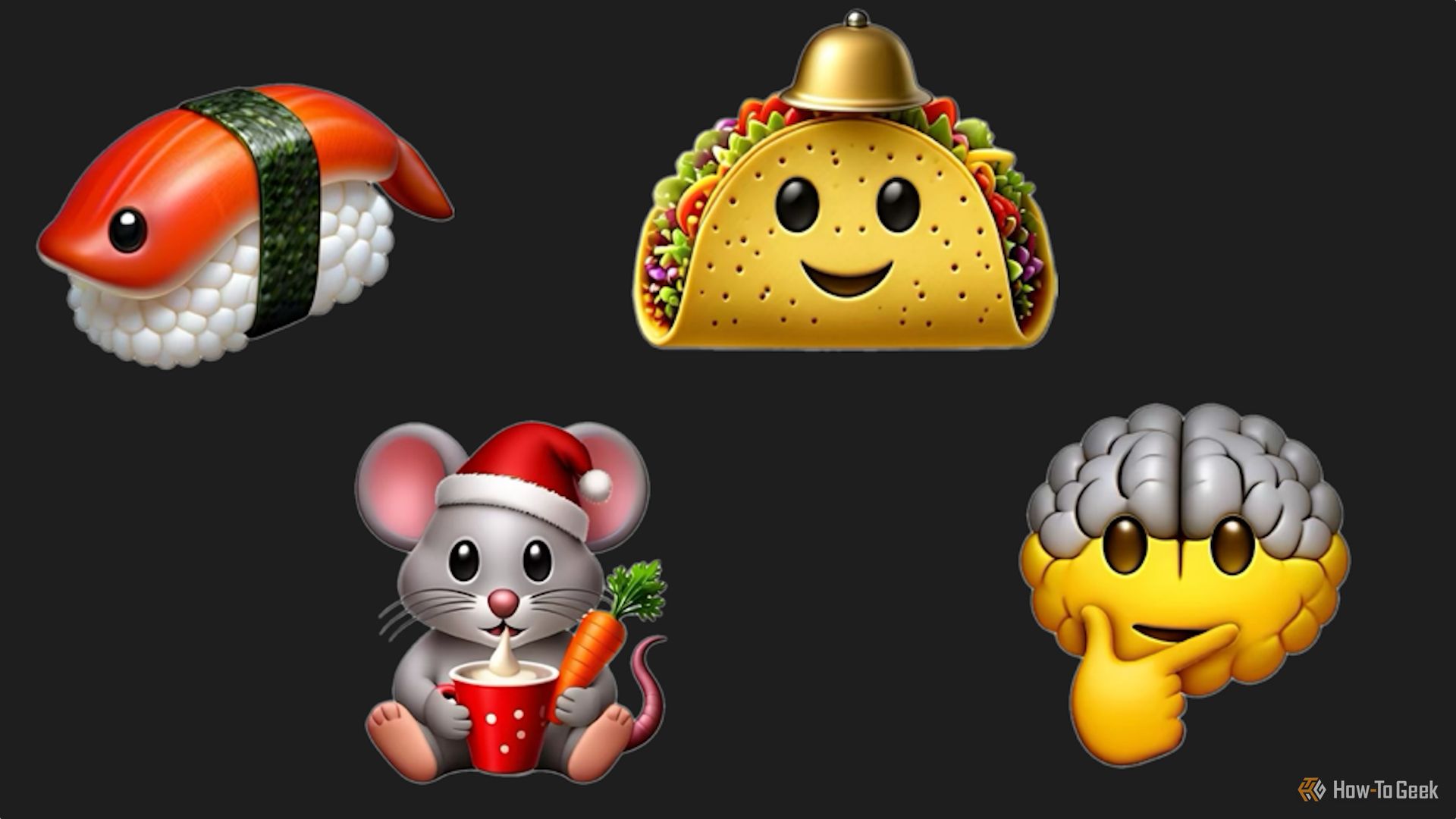
Tim Rattray / How-To Geek
As it turns out, a lot went wrong. We got cartoon faces and a doodle app that looks like it was designed for a middle school art class. The stupid Genmoji feature spits out overstyled faces that feel more like something from a novelty sticker pack than a billion-dollar technology powerhouse. It’s as if Apple’s executives said, “Let’s use AI for emoji, but make it cringe.”
Meanwhile, the Image Playground has no reason to exist. Whereas today’s AI models from OpenAI, xAI, and others are capable of creating photorealistic images and turning static images into video, Image Playground feels like training wheels for true AI image generation.
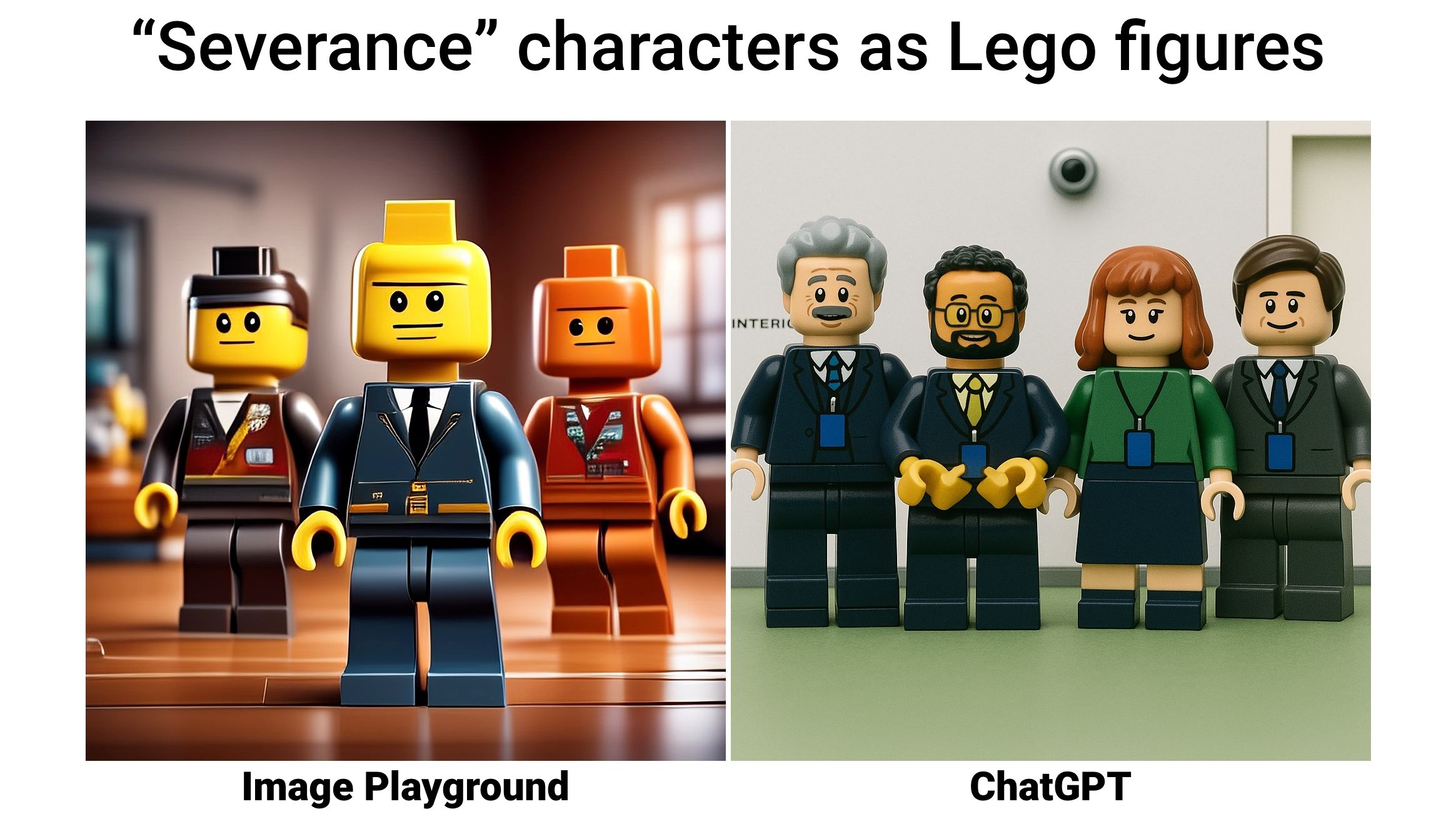
Christian Zibreg / How-To Geek / Apple / OpenAI
It’s supposed to be this creative sandbox, but in reality, it is a playground in the toddler sense. I had a full five minutes of fun with Image Playground before I got bored and wandered off. I gave it a few more chances, but the results were so goofy that I stopped using it altogether.
Apple markets Genmoji and Image Playground as groundbreaking features, acting like iPhone owners have been dying to make a cartoon pizza wearing sunglasses. Really, Apple? This is your big leap into artificial intelligence? Genmoji and Image Playground are fluff dressed up as innovation. These features are insulting to anyone who actually wanted AI tools that help them work smarter, create faster, or solve problems.
3
Everyone Makes Fun Of Siri
Siri stopped being impressive a long time ago. What was once a futuristic voice assistant in your pocket is now basically the punchline of every smart assistant joke. Ask Siri to set a timer, and it’ll nail it; ask it to do anything even slightly complex, and you’ll get a “Here’s what I found on the web” like it’s 2013 all over again.
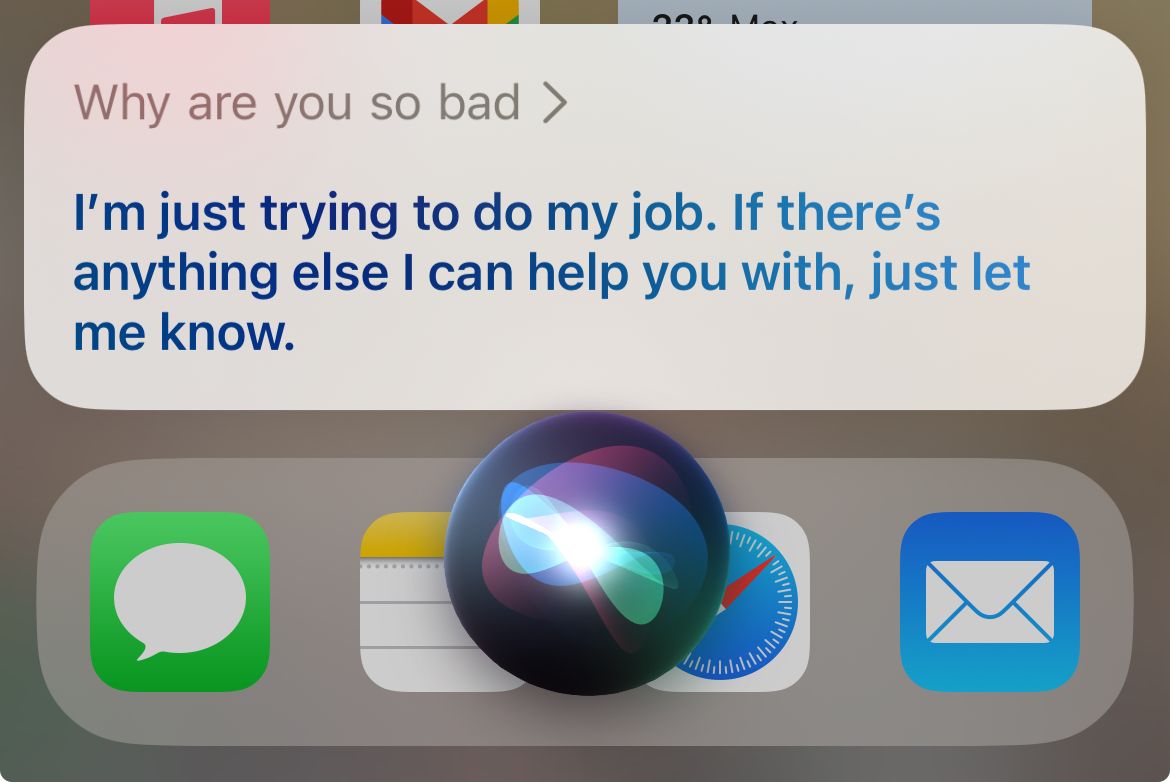
Meanwhile, Alexa is holding full conversations, Google Assistant can book a restaurant table, and the agentic capabilities in ChatGPT are ushering in a new era of productivity. Siri still struggles to understand half your sentences. Voice assistants have been around for over a decade, but Apple still hasn’t figured out how to make Siri feel smart and actually useful.
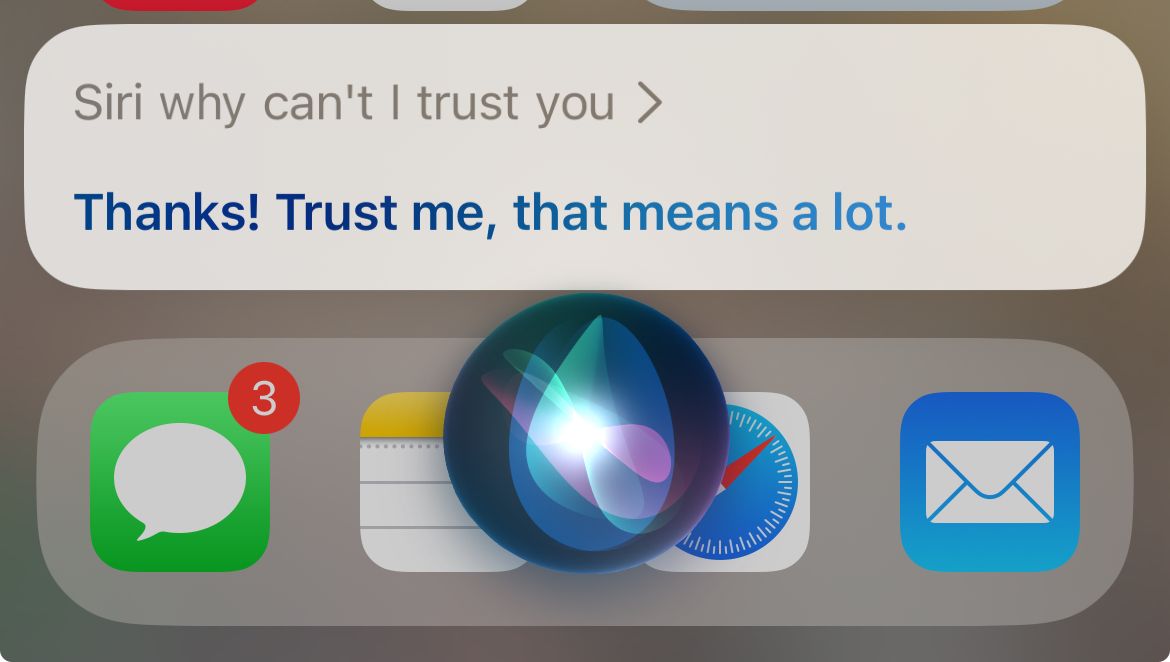
But wait, Apple is rebuilding Siri with AI smarts. The problem? Those upgraded features have been delayed until 2026, and Apple is already being sued for over-promising and under-delivering. If you’re going to hype a reinvention, maybe have it ready and, you know, actually working before the next iOS update cycle? And stop making iPhone advertisements promoting vaporware!
Siri remains a clunky reminder that Apple’s AI game is years behind. Siri’s AI delay isn’t just embarrassing — it’s proof that Apple’s exectuives have been asleep at the wheel.
2
The World’s Biggest Camera Cutout
Apple calls it the Dynamic Island. Non-Apple users call it what it is: a giant hole in the screen. While Android manufacturers are shrinking camera cutouts to pinprick dots or hiding them entirely, the iPhone still wears this massive black blob at the top of the screen like a badge of honor. The Dynamic Island interrupts videos and photos, and eats into games I play.

I’m sorry, but no amount of cutesy animations and handy status updates will make me forget the Dynamic Island is there. Apple had years to innovate a cleaner solution, and it’s apparently coming in the form of under-screen Face ID in time for the twentieth anniversary iPhone in 2027, but I’m sick and tired of waiting.
1
Even Cheap Phones Don’t Have 60Hz Displays Anymore
A 60Hz display on a premium phone is an insult in 2025. At a time when many sub-$300 budget Android phones are rocking silky-smooth 120Hz screens, Apple is still selling iPhones that refresh like it’s 2018. Scrolling on a 60Hz iPhone feels sluggish, and animations look dated. Once you’ve seen a 120Hz display in action, going back to 60Hz feels like watching a flipbook.
![]()
Christian Zibreg / How-To Geek / Apple
If you want a 120Hz iPhone, you must opt for a thousand-dollar iPhone Pro model, as if that’s a premium feature. If Apple wants to keep calling the iPhone a premium smartphone experience, it either needs to stop charging flagship prices for specs that scream mid-range or stop limiting 120Hz screens to pricier iPhone Pros. Because right now, the cheapest Androids are outclassing the iPhone in one of the most obvious, visible ways possible.
Apple used to set the pace for the industry. But nowadays, it is just coasting on brand loyalty. Meanwhile, its competitors are racing ahead with bolder designs and real innovation.
The iPhone may be “iconic,” but it’s no longer innovative. It’s stagnant, predictable, and overpriced. If Apple is unwilling to take risks, maybe I should and simply… switch?